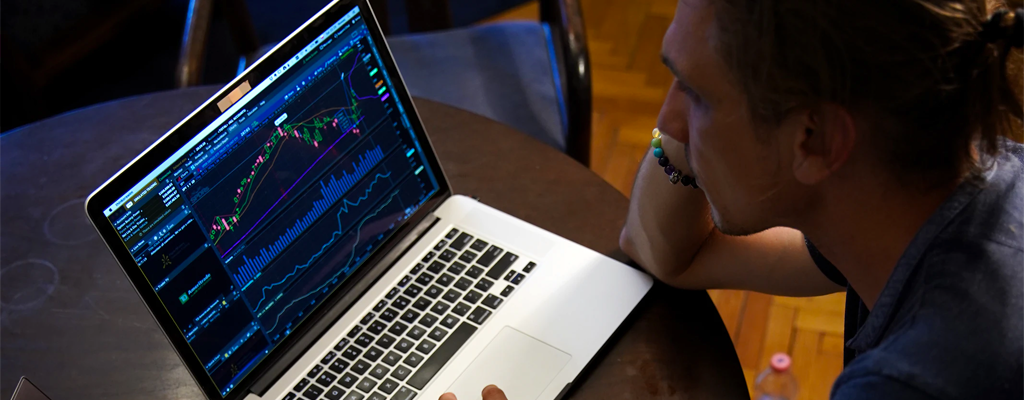Blockchain is a revolutionary technology which will bring transformative change to governments, business, healthcare, finance, and other industries. However, when you look at its definition, you feel lost due to the use of technical jargon. Fortunately, blockchain is quite easy to understand, even if you aren’t a technological guru. Today, Babb will explain the basics of this network and why there is so much hype surrounding this technology.
Blockchain – what is it?

The technical definition of blockchain is; a public (or sometimes private), decentralized, and distributed ledger. Although these words may make the technology look complex, its basic function is to store data.
The word block in blockchain refers to digital information, consisting of three parts:
- It stores transaction-related information such as amount, time, and data.
- It records the parties taking part in the transaction. In this case, it won’t use your real name rather a digital signature unique to you.
- It contains information that differentiates it from other blocks in the blockchain. The technology uses hash, a unique code which it uses for demarcation.
So a blockchain is a network of blocks (in a chain) which stores information. The number of transactions every block can store depends on the block and transaction size.
How does blockchain technology work?

Now that you know what a blockchain is, let’s look at how this technology functions. Every time the block receives new data, it stores it in the blockchain. For the network to accept the new information, the following things have to take place:
- The transaction is complete.
- There is verification of the transaction. When it comes to conventional payments, authorized bodies such as Securities Exchange Commission are responsible for authenticating the deal. Blockchain is different as the computers who are a part of the network handle this task.
- Once the network verifies the transaction, it becomes a part of the block.
- In the last stage, the network assigns the hash (a unique code) to the block. It also contains the hash of the previous block stored in the network.
Once a block is a part of the blockchain, anyone can look at the transaction, which is why it is known as a public ledger. You will know when and where the deal went through. At the same time, you can see the parties who participated in the activity.
What about your privacy?

As the blockchain’s data is public, it is common to wonder whether the network is private. You can also connect your computer to the blockchain as a node. In this case, every time the network updates itself, you will also receive a copy of the same. Keep in mind that other people can also do the same. This is the reason the blockchain is known as a distributed ledger.
Think of it as the bills generated when you swipe your debit card into the card reader. The machine prints the merchant and customer copy, out of which you get to keep the latter.
Since numerous computers have access to the same information, it becomes next to impossible to manipulate the data. For cybercriminals to attack a blockchain successfully, they have to make changes to all the machines.
Is blockchain secure?

If you don’t know who is adding information to the blockchain, can you trust the network? The reason the finance industry is adopting this technology is due to the security it provides. Every new block that gets added to the network will go towards the end. You can say the information is chronological and linear in blockchains.
Once it becomes part of the blockchain, changing the information is extremely challenging if not impossible. Remember how every block contains its has, along with the hash of the previous block?
The hash represents the digital information in the block. Any change in the data will also cause a variation in the code, which can be problematic for cybercriminals. For instance, if they manage to change the transaction amount in a single block, they also have to do the same for all the other blocks in the network. Each blockchain consists of numerous computers. As a result, hackers will need extensive computing power and time for their attacks to bear fruit.
Blockchain advantages and disadvantages
Advantages
- Transparent
The transparency of blockchain technology is a pro as any user in the network can look at the information.
- Private and secure
Although the transaction data is public, users can’t access personal or identifying information. Before any data is saved on the network, it has to receive verification from all the computers.
- Decentralized
As every computer in the network has a copy, it isn’t worthwhile for cybercriminals to manipulate the data. Even if they do gain access to a computer, it still doesn’t compromise the entire network.
- No third party verification
No central body has to authenticate the transaction for the deal to go through. As a result, it removes any costs these parties charge for their services. Also, it reduces the time taken for every transaction.
- Accurate
Since humans aren’t part of the authentication process, it reduces the chances of error significantly. Assuming one computer makes a mistake, more than half of the devices on the network have to do the same for it to spread throughout the blockchain.
Disadvantages
- Low number of transactions
Although the blockchain reduces the time for every transaction that takes place, it can only manage a handful of deals every second.
- Expensive technology
While you save on transactional costs, the power you need to drive this technology is significant. The reason is due to the computational complexities associated with every activity. As a result, it is quite expensive to maintain this network of computers. (Although this is getting better with improved consensus algorithms like proof of stake)
- Technological innovations increase security risk
As technology continues to improve and become more powerful than ever, cybercriminals can use it to their advantage. These days, it is possible for hackers to rent powerful computing equipment which they can use to attack the network.
What is in store for blockchain technology?

Although blockchain has been around for more than two decades, it has taken time for companies to adopt this technology. Today, organizations are implanting blockchain in their services, while continuing to explore and understand everything it has to offer.
Blockchain is the future, as it lays the foundation for a secure and accurate system. This is one of the many reasons why Babb uses this technology as the core. Download our app today to experience state-of-the-art services!